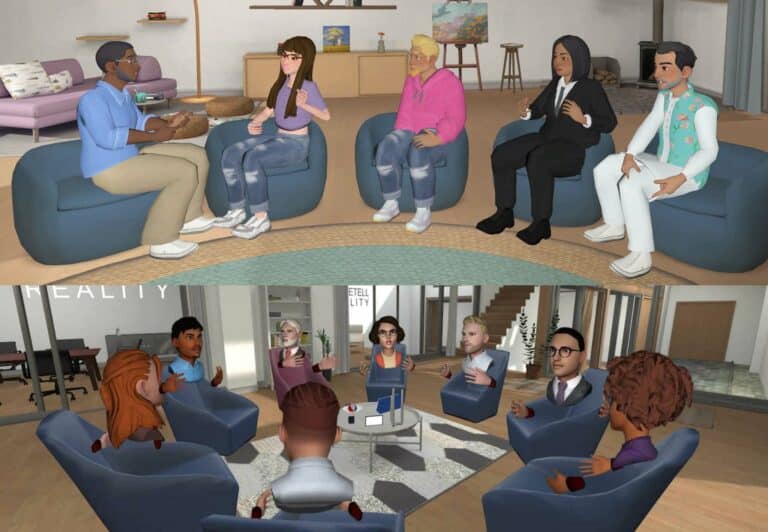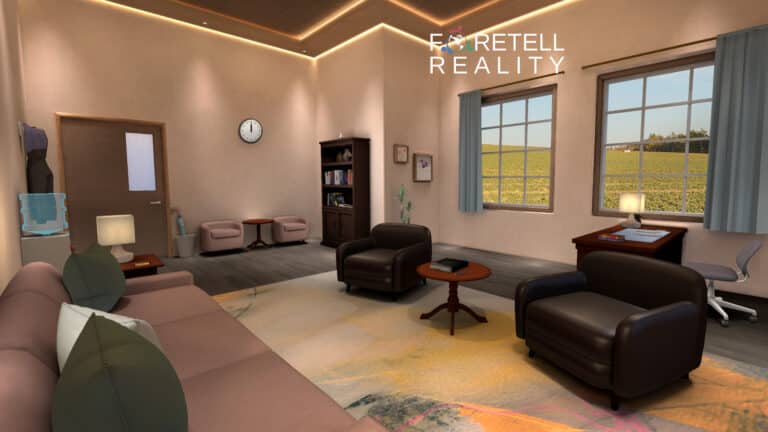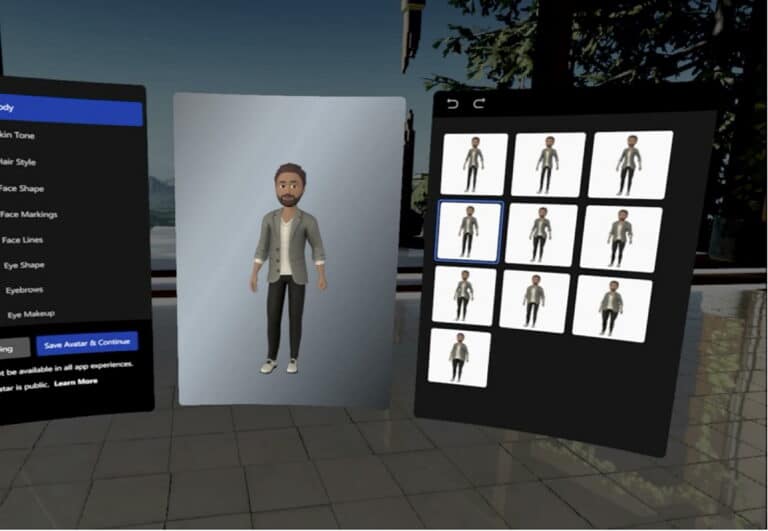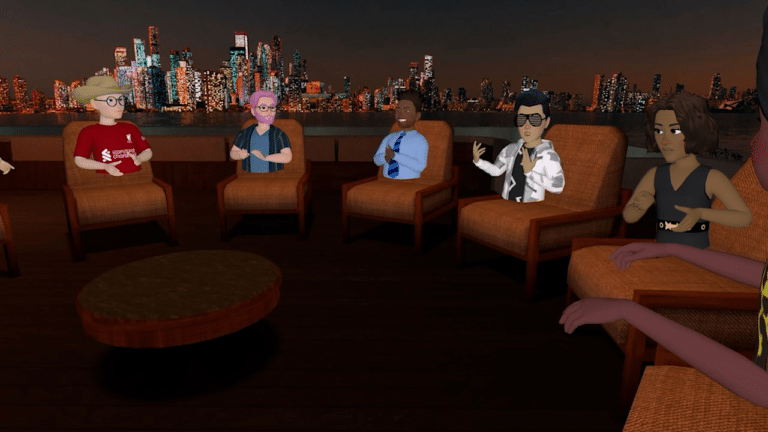If you live in the U.S. where the combined rate of anxiety and depressive disorders among adults is approximately one in three, you likely know someone who suffers from the disorders’ crippling symptoms such as hopelessness and guilt. Perhaps you yourself have experienced a depressive episode and were encouraged to seek help, but for a multitude of reasons that we will touch on later, you didn’t. Virtual Reality (VR) reduces the barrier to engagement in mental health treatment and recent research shows that it can be used as a powerful tool against anxiety and depression.
The focus on anxiety and depression is relatively recent, but the relationship between VR and mental health is decades old. The first mental health breakthrough occurred in the 1990s when VR exposure therapy was used to treat war veterans with Post-Traumatic Stress Disorder (PTSD). VR exposure therapy simulates life-like stimuli in a controlled environment. Under the supervision of a mental health professional, patients confront the object or scenario they fear, thereby diminishing their anxiety over time. VR exposure therapy treatments were also developed for phobias such as claustrophobia, arachnophobia, and fear of flying. Additionally, early VR therapies focused on cue reactivity for addictions like nicotine. Because VR makes the scenario feel real, patients are able to practice their behavior when confronted with stimuli (e.g. a crowd of people smoking) that trigger their arousal and anticipation.
Early VR treatments like exposure therapy and cue reactivity were one-on-one. And often the therapist was not immersed in the space with the patient, but rather was guiding the session from the outside. More recent technological developments have enabled multiple participants to interact in a shared environment, which has made VR support groups and group therapy a reality.
In one example, Yale School of Medicine partnered with Foretell Reality to study the viability of VR support groups for adolescent cancer patients. VR allows something that other types of therapy (e.g. tele-health via video) do not – anonymity. If you’ve experienced depression or know someone who has, you’ll be familiar with the heavy burden of social interaction. If you’re losing your hair due to cancer treatments or your depression has taken a toll on your hygiene habits, you can understand why some would avoid group therapies altogether. Because VR is avatar-based, patients do not feel judged as they are not physically “seen.” At the same time, they can still interact with other avatar patients through body movement and gestures as if they are in the same physical space.
Anonymity helps solve the burden of stigmatization regarding physical appearance, but that isn’t the only barrier that VR addresses. Those suffering from depression and anxiety may experience challenges focusing. With a VR headset on, it isn’t possible to look at your phone or be distracted by the television. A patient is fully immersed in a virtual supportive environment: chairs in a circle, the cushy pillows… everything looks… real. And the possibilities are endless. Perhaps your support group is meeting by the ocean or on a serene clifftop nestled in the clouds. You are there – and you didn’t even have to leave your home. You can use different settings for a daily meditation or mindfulness practice, walk on the beach with your guide while discussing your feelings, or play a virtual ball game with your peers.
And that brings us to another barrier to mental health treatment: the physical one. Some patients are disabled and literally cannot leave their homes. Others live in a rural area with no accessible support group within hundreds of miles. And depressed patients may at times not feel physically capable of leaving even their beds. A $300 headset and internet connection is all one needs to connect socially from anywhere in the world.
VR technology has been evolving for over two decades, and has greatly accelerated in the past couple of years. This evolution comes just in time for using VR effectively for various (tele) mental health purposes. In less than ten years, the World Health Organization predicts that mental health disorders will be the leading burden of disease worldwide. We must use every available tool to treat mental health disorders, and VR is here to help.









